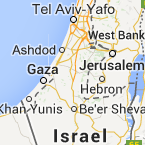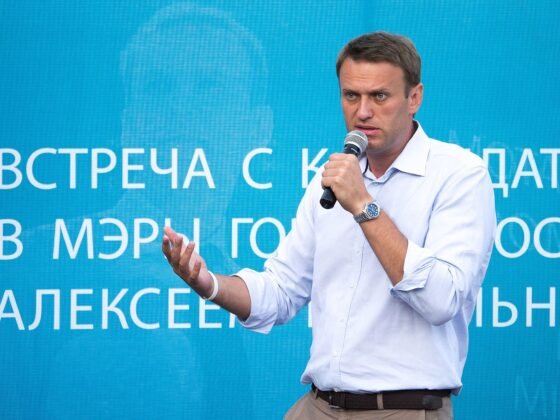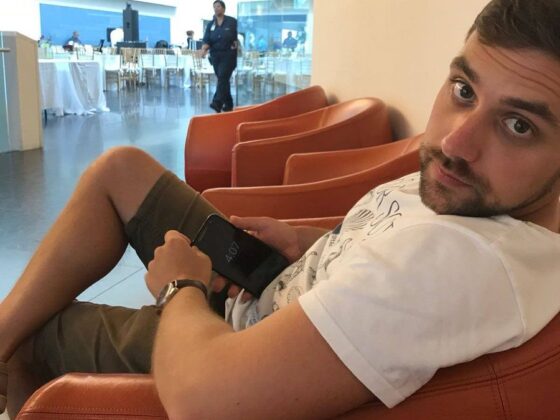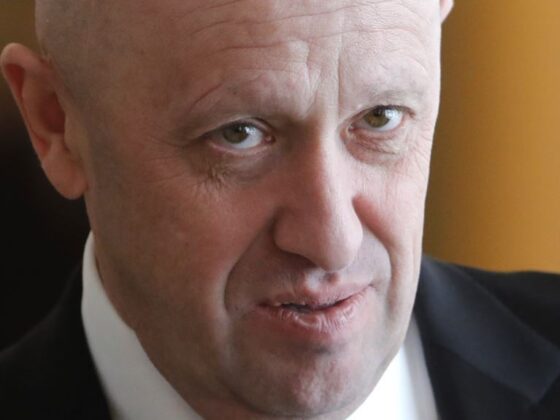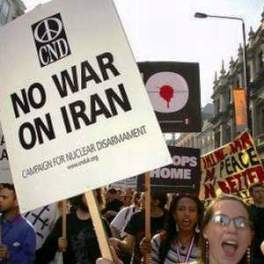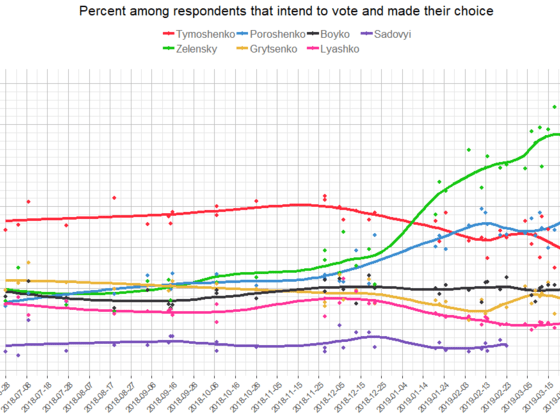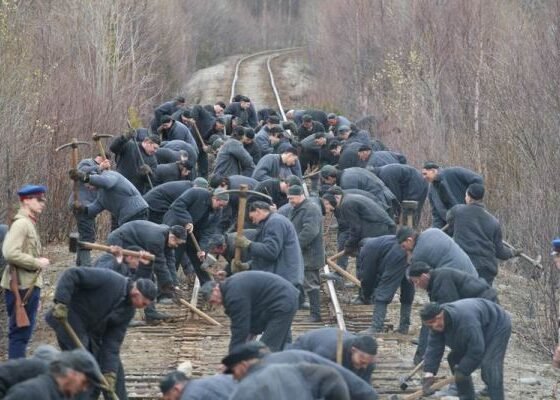(The Washington Post) (Co-author Sarah E. Parkinson) Though Marc Lynch recently lamented that political scientists are having “the same arguments in the same terms” when it comes to Israel-Palestine, other discourses have evolved. We have spent the weeks since Israel launched Operation Protective Edge against Gaza tracing shifts in the employment of three related concepts: The distinction between combatants and noncombatants; the difference between discriminate and indiscriminate violence; and genocide. All of these terms have been deployed for years in human rights and activist circles, as well as in the daily lives of millions of Palestinians and Israelis. What is new is the increasingly commonplace usage of these terms in media, political, academic and lay discourse.
This discursive turn is important because it aligns conversations on Israel-Palestine with three central dialogues in scholarship on political violence. It would be a mistake to attribute changes in the language used to discuss Israel-Palestine exclusively to new material facts; they are also the products of both prolonged and emergent debates. It would be just as erroneous to claim that language does not have political consequences that interest scholars and policymakers, not to mention those who suffer the repercussions. Studying the political effects of discourse shifts should thus be front and center. These discussions are even more important in contemplating the way in which people who consume news related to Israel-Palestine – scholars included – are increasingly self-segregating.
Examining the potential sources of these shifts is as important as analyzing them. So, why now? One Middle East correspondent, who works for a major national U.S. media outlet and preferred to remain anonymous, said: “Mearsheimer and Walt’s book, ‘The Israel Lobby,’ paved the way for Israel to be held up to the same scrutiny other democratic countries are militarily or from a human rights perspective. The momentum continued after that book – you had Thomas Friedman join in, then shows like Jon Stewart’s.” Tim Fitzsimons, a freelance journalist who has worked in Beirut for the past two and a half years, situated the roots of the shift in the Arab Uprisings, arguing that there “is much, much more coverage of the civilian side than during [Israeli Operation] Cast Lead [in December 2008 – January 2009]” and that his theory “is the reporters who covered Syria see similar things happening in Gaza (government bombing civilians from the sky) and aren’t modifying their reporting to fit the narrative that has dominated in past Israel conflicts.”
Others have emphasized the role that journalists’ and activists’ Twitter and Facebook feeds have in complementing or contrasting mainstream media sources. Pieces such as Paul Mason’s influential article “Why Israel is losing the social media war over Gaza” have evaluated the role of on-the-ground reporting from activists, journalists and civilians through Twitter and Facebook in challenging dominant narratives. In other words, people who produce and share media now constitute a more diverse group, criticism of Israeli policies has become more commonplace, and events such as the sieges of the Syrian city of Homs and Damascus district of Yarmouk (among many, many others) have provided new analytic frames to foreign observers.
What does this mean for longer-term academic analysis? In a world where conflict reporting is no longer curated entirely by corporate media entities, scholars should first reexamine their own biases; datasets that catalogue violent events often depend heavily on traditional media sources accessible through search engines such as Lexis-Nexis. Systematically combing through sources such as Twitter, Facebook (with the added challenge of privacy controls), and social media applications such as WhatsApp comes with its own biases and poses ethical and methodological questions. However, doing so might create fertile ground for future studies of social movement mobilization (or lack thereof) or discrepancies between traditional and official government reporting on one hand and social media portrayals of conflict on the other.
Terms such as “civilian,” “indiscriminate” and “genocide” also carry specific assumptions and mask important outcomes. Despite an extensive literature on (in)discriminate violence and civilian targeting, violence scholars have consistently struggled with the notion that what one side believes is “discriminate” and “selective” is often perceived differently by those on the ground. Moreover, the language of discriminate and indiscriminate frequently conceals deeper social processes by grouping tactics that deserve individual scrutiny and analysis. Sarah Parkinson’s research has demonstrated that variations in the way that militaries use discrete violent tactics in concert – for example, shelling and besieging one region while using targeted killings and house demolitions in another – can have long-term organizational and social effects and alter conflict dynamics. Labeling violence as discriminate and indiscriminate thus masks the lived experience of those who endure violence and the ways that they behave as a result. There is thus a need for further research that analyzes perceptions, claim making and outcomes, rather than only coding by belligerents’ intentions.
The language of “civilianhood” also has its pitfalls. As Charli Carpenter, and, from a more advocacy-oriented standpoint, Maya Mikdashi have underscored, the gendered assumptions that accompany the word “civilian” obfuscate the fact that men are also civilians (and that women are also combatants). Journalists and politicians frequently uncritically adopt these narratives, placing the plight of women and children front and center while ignoring or obscuring the challenges faced by male noncombatants. Carpenter’s and Mikdashi’s arguments imply that current discourse on Gaza could lead to male Palestinians’ deaths being rationalized independently of their combatant status; a prediction that has already played out in Israeli activist circles and the Israeli media.
This iteration of violence has also created a shift in characterization of the conflict as a whole, thrusting terms explicitly associated with genocide and the Holocaust into the center of debate. Employing the language of genocide and the Holocaust with reference to Gaza has gained popularity among op-ed writers (including an eventually deleted piece “When Genocide is Permissible” in the “Times of Israel”), celebrities, politicians and political scientists. An example of this trend is a growing use of the word “ghetto,” a term associated directly (but in no way exclusively) with the Holocaust to describe the Gaza Strip. For example, Columbia University’s Rashid Khalidi considers Gaza a ghetto, which in his analysis suffices to explain violent resistance; “[T]he truth of ghettos,” he writes, “is that, eventually, the ghetto will fight back.” While Khalidi does not directly compare the Gaza violence to the Holocaust (he uses the examples of Belfast and Soweto), the image of a fighting ghetto is strongly associated with the Warsaw Ghetto. The trouble with Khalidi’s claim is that it is empirically incorrect. During the Holocaust, for example, ghettos rarely fought back. According to data collected by Evgeny Finkel, only 31 out of more than 1,100 ghettos established by the Nazis witnessed armed resistance. Assuming that Gazans would “naturally” take up arms given their situation consequently erases the effects of important political, social and economic processes.
More broadly, the phenomenon of “genocide calling” is global and quickly spreading. On July 28, Matthew Kupfer and Thomas de Waal published an article on the use of genocide rhetoric in the ongoing conflict in Ukraine. Genocide accusations have also been levied by states and political actors in places such as Syria, Iraq, North Ossetia, Abkhazia, Burma (the Rohinga) and Nagorno-Karabakh. In an article that discusses the growing usage of genocide narratives by political actors, Finkel argues that labeling a period of suffering as genocide, regardless of whether it fits the U.N. definition, is a tool to gain legitimacy and to increase leverage over an opponent. The people who employ the term widely believe that genocide rhetoric fosters international intervention and that it arouses strong emotional reactions that mobilize domestic and diaspora constituencies. In addition, it is often used to brush aside demands to confront injustices and crimes committed by those claiming genocide victimhood. However, social scientists have yet to produce any systematic analysis of how, if at all, the introduction of genocide rhetoric affects the claimants’ political behavior, perceived legitimacy, international leverage, or mobilization capacity. The accused perpetrators’ behavior – their language, policy choices and counter-mobilization practices – also remain unexplored. The current iteration of conflict presents a critical opportunity to evaluate the effects of “genocide calling.”
Many people, including Lynch, have criticized the “passions and overwrought rhetoric” that saturate the discussions surrounding Israel-Palestine. Given this reality, we believe (like many before us, usually sociologists and anthropologists) that the intersection of emotion, discourse and politics is an essential subject of inquiry in its own right. Put simply, the way that people feel has a strong impact on what they do. In a “post-Gaza” social science, more political scientists should follow scholars such as Roger Petersen, Elisabeth Jean Wood and, most recently, Wendy Pearlman, in taking this approach seriously. And maybe scholars, in turn, can manage to tell the rest of the world something about the political work that words do.
See the article | © The Washington Post, Monkey Cage

